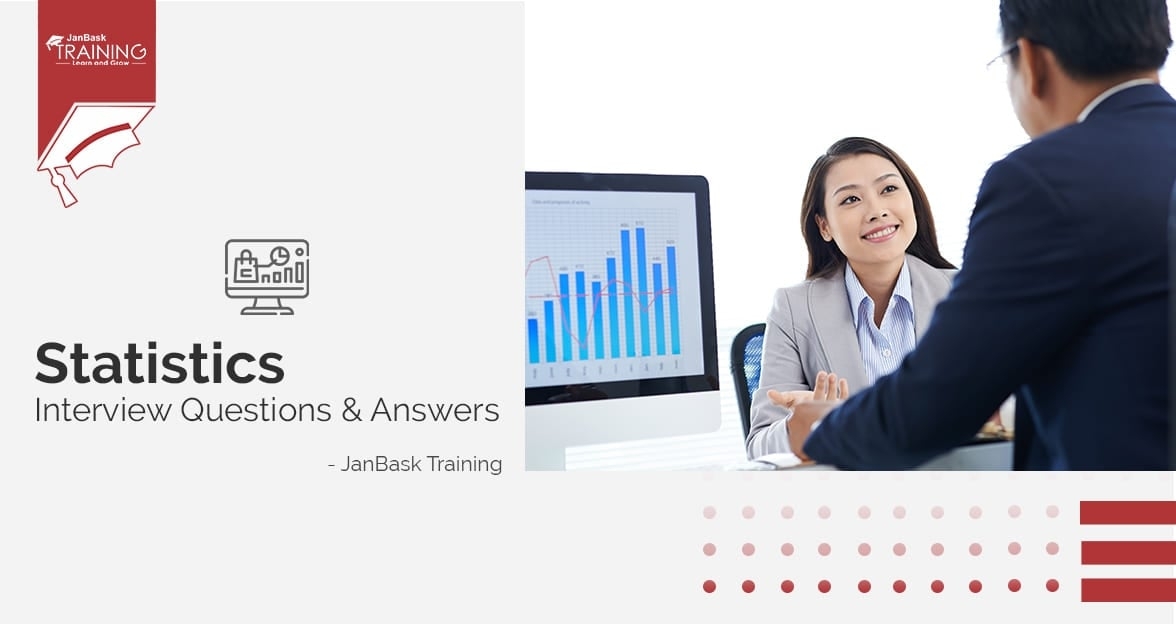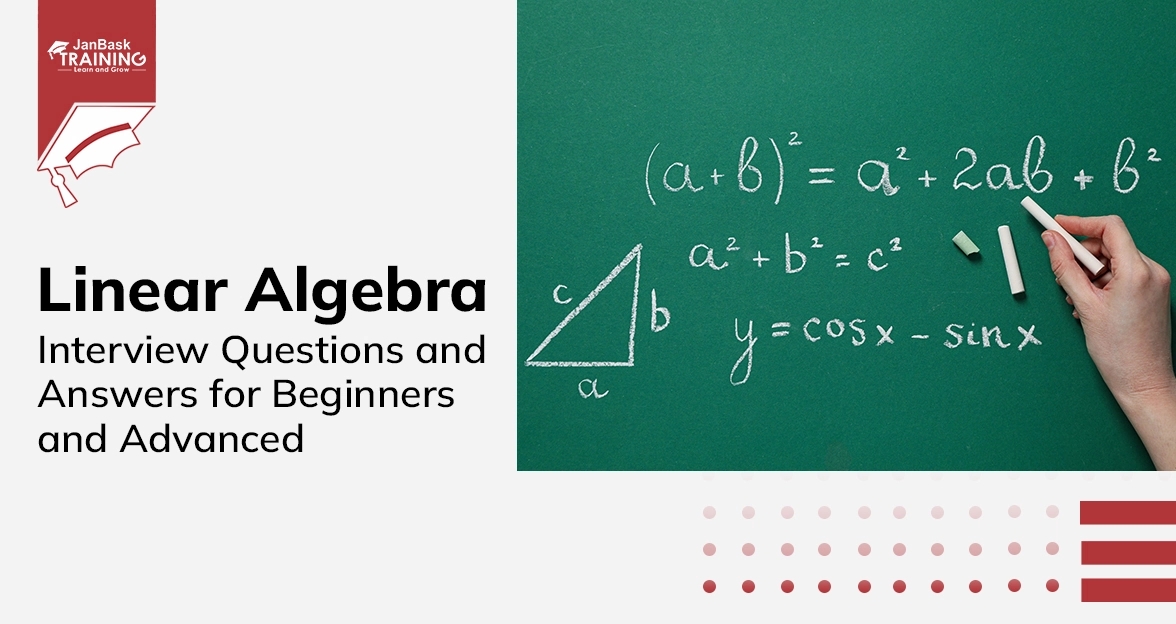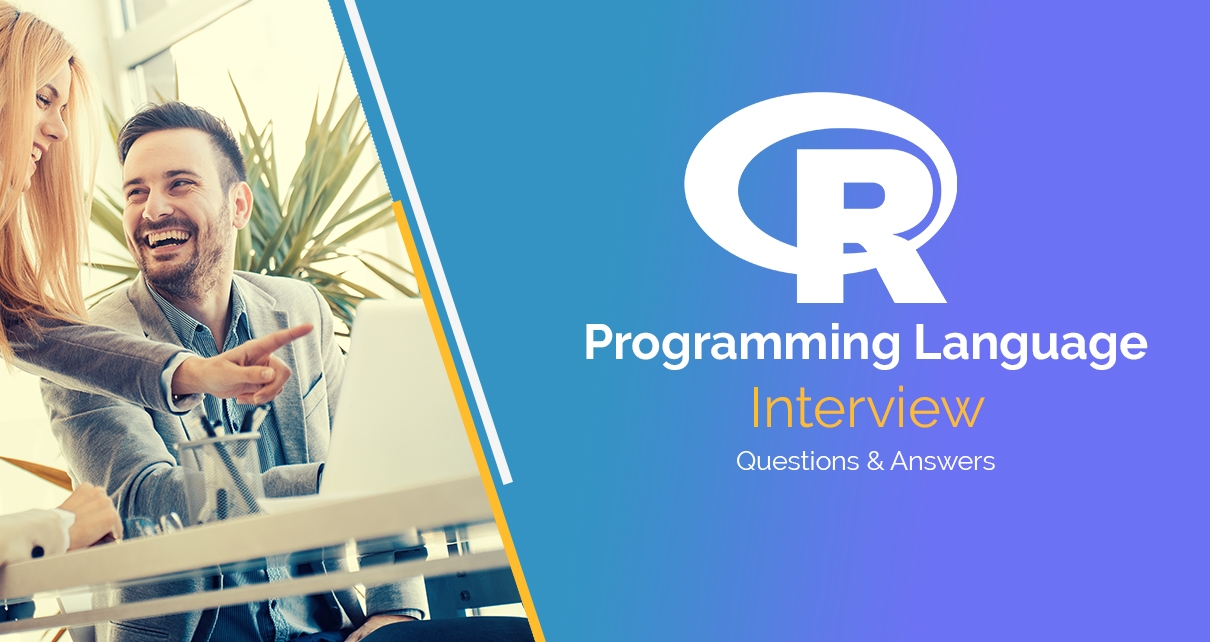 Grab Deal : Upto 30% off on live classes + 2 free self-paced courses - SCHEDULE CALL
Grab Deal : Upto 30% off on live classes + 2 free self-paced courses - SCHEDULE CALL

 Grab Deal : Upto 30% off on live classes + 2 free self-paced courses - SCHEDULE CALL
Grab Deal : Upto 30% off on live classes + 2 free self-paced courses - SCHEDULE CALL

Do you have this confidence in being the best? Just like Mr.Michael Gary Scott. If not, we are here to help you. For people who are passionate about data management, data warehousing, and business intelligence, and are looking to make a career in the rewarding field of “DATA”, through this article we get you the top data warehouse interview questions and detailed answers so you can ace your next interview.
The days of data processing involving storage, assimilation, and retrieval are long gone. Today, we require robust database management systems that can accept data from many sources, process it concurrently, offer rapid results, and ensure customer-centric company processes.
Data warehousing powered by Artificial Intelligence is being used by a variety of industry verticals, including healthcare, IT, and government organizations, to help them stay ahead of the competition. It has given businesses new dimensions, and jobs are sprouting all around it.
Q1). How will you define the concept of Data Warehousing?
A data warehouse is the data repository that is used for the decision support system. A data warehouse is made up of a wide variety of data that has a high level of business conditions at a particular point in time. In simple words, this is a repository of integrated information that is available for queries and analysis.
Q2). Define the concept of Business Intelligence.
Business Intelligence is also named Decision Support Systems that refers to technologies, applications, and practices for the collection, integration, and analysis of business-related information or data.
Q3). What are the dimension tables?
A dimension table contains attributes of measurements stored in fact tables. This table is made up of hierarchies, nodes, and categories that can be used to traverse in nodes.
Q4). Define the meaning of the Fact table.
A Fact Table contains the measurements of business processes and it will contain the foreign keys for dimension tables.
Q5). Define the meaning of Data mining.
Data mining is a process for analyzing data from different perspectives or dimensions and summarizing the same into meaningful content. Data can be retrieved or queried from the database in their format.
Q6). Explain the different stages of data warehousing.
Q7). How will you define the OLAP?
OLAP or Online Analytical Processing is set to be a system that collects, processes, and manages multi-dimensional data for analysis purposes.
Q8). How can you define the OLTP concept?
OLTP or online transaction processing is an application that modifies the data whenever received from a large number of users.
Q9). How can you differentiate OLTP and OLAP from each other? OLTP vs OLAP
|
OLTP |
OLAP |
|
Data is extracted from a single source. |
Data is extracted from multiple sources. |
|
Simple queries are made by users. |
Complex queries are generated by the system. |
|
Normalized small database. |
De-normalized large database. |
|
There are fundamental business tasks. |
There are multi-dimensional business tasks. |
Q10). What is the full form and meaning of ODS?
ODS or Operational Data Source is a repository of real-time operational data instead of long-term trend data.
Q11). How will you differentiate the View and Materialized View?
A View is a virtual table that takes outputs from queries and can be used in place of tables. A materialized view is indirect access to table data by storing the result of a query into a separate schema.
Q12). How will you define the ETL?
ETL means Extract, Transform, and Load. This is a software application that can read the data from a particular data source and extracts the needed subset of data. In the next step, it will transform the data using lookup tables or rules and convert it to the desired state. In the end, the load function is used to load the resulting data from the target database.
Q13). What do you mean by real-time data warehousing?
A real-time data warehouse captures the business data as soon as it occurs. When a business activity gets completed, data will become available for instant use.
Q14). Define the concept of VLDB. VLDBs
(Very Large Databases) are those databases whose size is defined as more than one terabyte. These are the decision support systems that are used to serve a large number of users.
Q15). Define the meaning of aggregate tables.
The aggregate table contains the data of an existing warehouse that has been grouped to a certain level of dimensions. This is easy to retrieve data from aggregate tables as compared to original tables because of a large number of records. It can reduce the load in the database server and increases the overall performance of a query.
Q16). How to load the time dimensions?
Time dimensions can be loaded with the help of a program where 100 years are represented with one row per day.
Q17). What are factless fact tables?
A factless fact table does not contain any number fact column in the fact table.
Q18). Define the conformed fact.
A conformed fact is a table that can be used across multiple data marts and multiple fact tables.
Q19). What are non-additive facts?
Non-additive facts cannot be summed up for any of the dimensions available in the fact table. If there is any change in the dimension then the same facts can be useful.
Q20). Define the concept of Datamart in brief.
A Datamart is a special version of the data warehouse that contains a snapshot of the operational data and helps business people to make decisions based on past experiences and trends. A data mart is more focused on easy access to information from fact tables.
Q21). How can you differentiate the Data Warehouse and OLAP?
A data warehouse is a place where whole data is stored for analysis, OLAP is used for data analysis, aggregations, summation, and information planning at the minor level.
Q22). What is the Entity-Relationship diagram?
An Entity-Relationship diagram illustrates the relationship among entities in a database. This diagram shows the structure of different tables and links between tables.
Q23). What are different types of data warehouse architecture?
Q24). How can you define data analytics in the context of data warehousing?
Data analytics is the process of analyzing raw data to derive meaningful business decisions about the data. The role of a data warehouse is to enable data analysis.
Q25). How can you define a subject-oriented data warehouse?
A subject-oriented database stores data around a subject such as customers, sales, people, etc.
Q26). List different types of OLAP servers.
Q27). What are the different functions performed by OLAP?
The different types of functions performed by OLAP include drill-down, slice, dice, roll up, pivot, etc.
Q28). Define the star schema.
A star schema is used in data warehousing where a single table references several dimension tables. For the star schema, all keys from the dimension will flow to the fact table. It is very much similar to the ER diagram so named as the Star Schema.
Q29). Define the snowflake schema.
This is similar to the star schema where a single table references several dimension tables. These dimension tables are further normalized into multiple related tables. As tables are snow flaked to smaller other tables, it is called a snowflake schema.
Q30). What language can be used for the schema definition?
Data mining Query Language (DMQL) can be used for the schema definition.
Q31). List the different types of dimensions in data warehousing.
Q32). What is the role of mini dimension in Data Warehousing?
Mini dimensions are used when a large number of rapidly changing attributes are separated into smaller tables.
Q33). What do you understand by the term Data Cube?
A data cube helps to represent the data in multiple facets. Data cubes are generally defined in terms of facts or dimensions.
Q34). Explain the concept of Data Modeling.
This is a methodology that consists of dimensions or fact tables. A fact table is further used to store various transactional measurements from dimensional tables that qualify the data.
Q35). What is summary information in Data warehousing?
Summary information is the location within a data warehouse where predefined aggregations are stored.
We have included the best data warehouse interview questions in this blog. Consistent learning will help you ace your data warehouse interview. Join our database certification course to learn more about database concepts and data warehousing, and gain all of the necessary skills that the industry is looking for.

Statistics Interview Question and Answers


R Programming Language Interview Questions & Answers

Cyber Security

QA

Salesforce

Business Analyst

MS SQL Server

Data Science

DevOps

Hadoop

Python

Artificial Intelligence

Machine Learning

Tableau
Download Syllabus
Get Complete Course Syllabus
Enroll For Demo Class
It will take less than a minute
Tutorials
Interviews
You must be logged in to post a comment